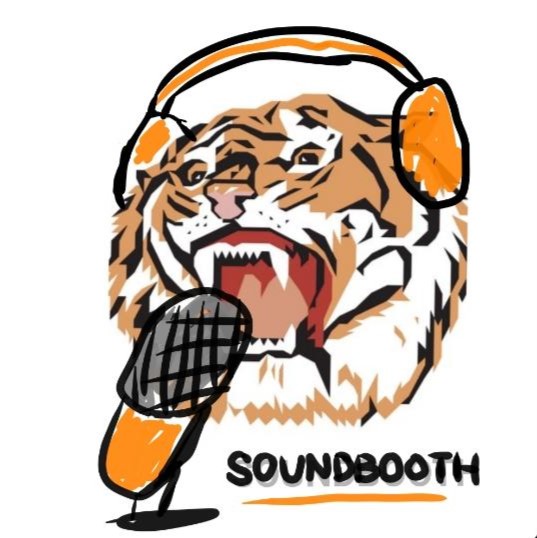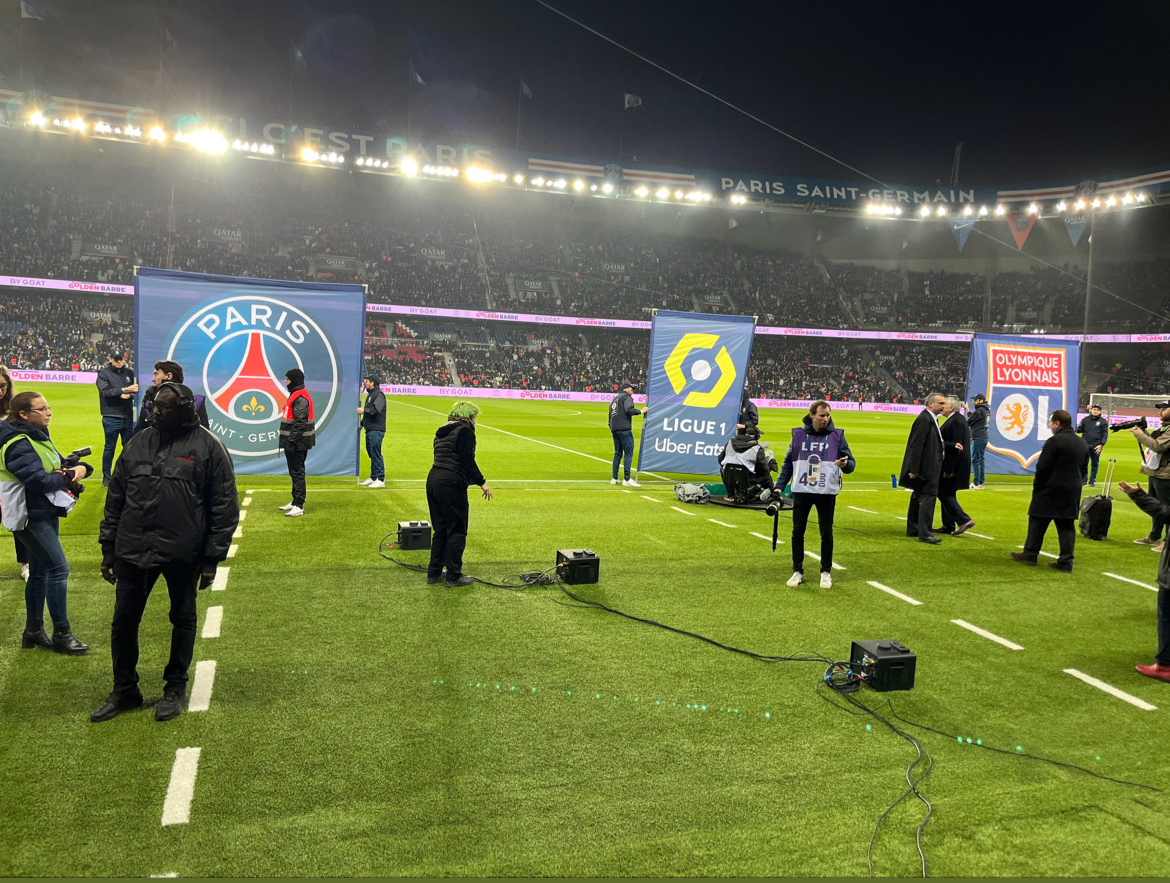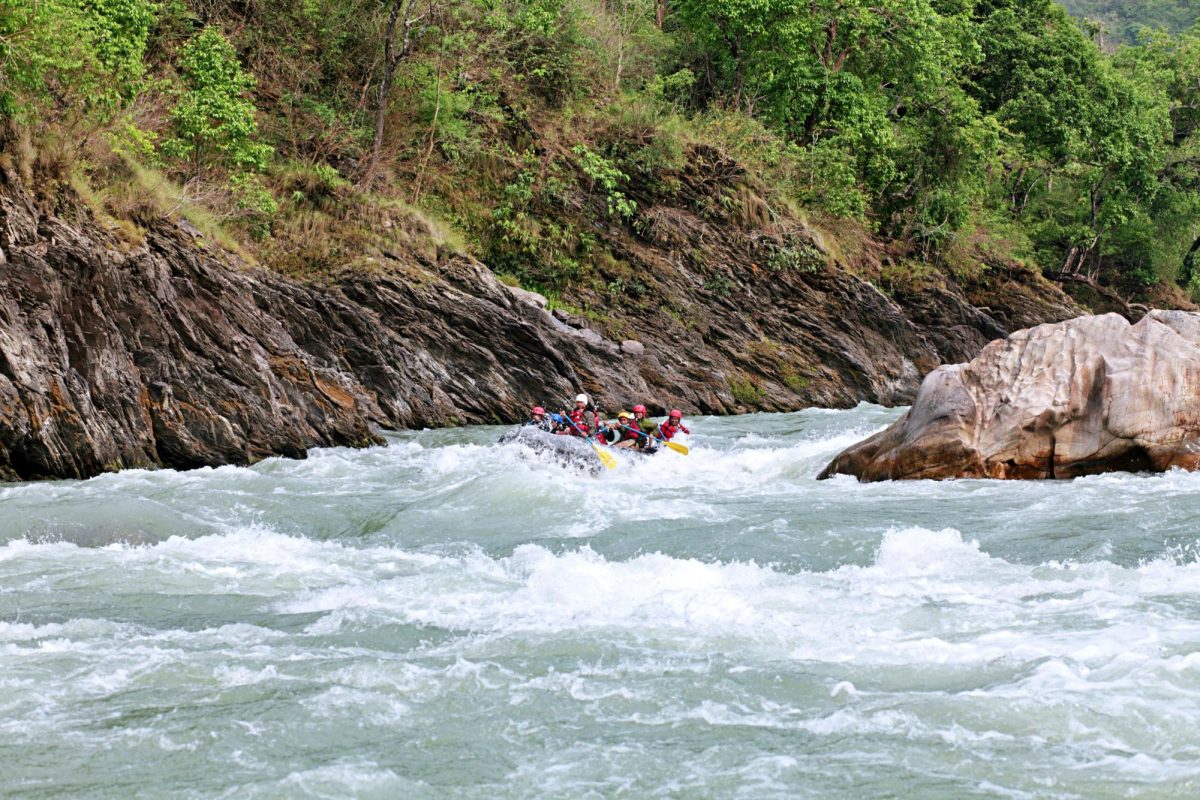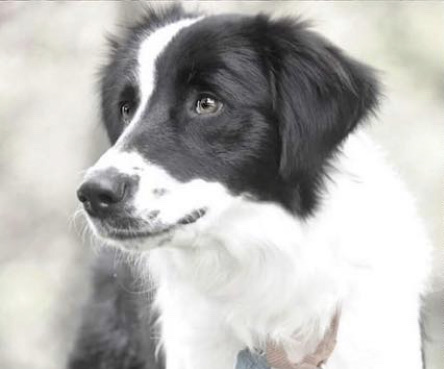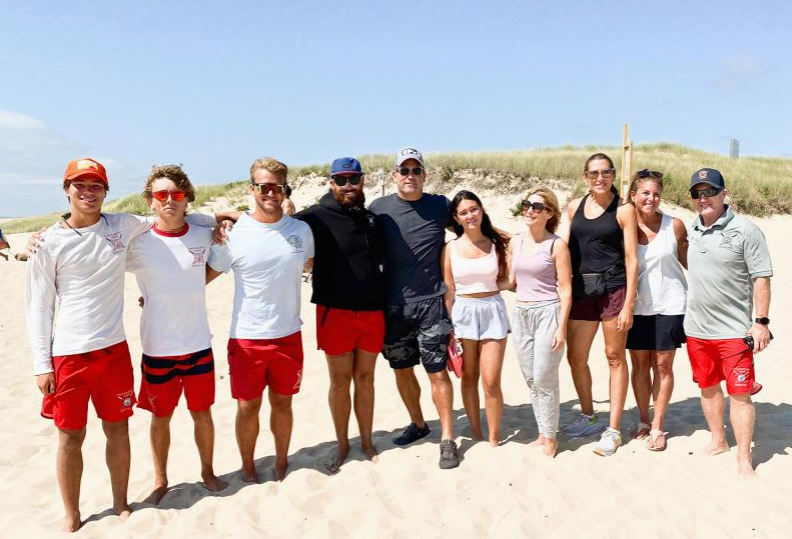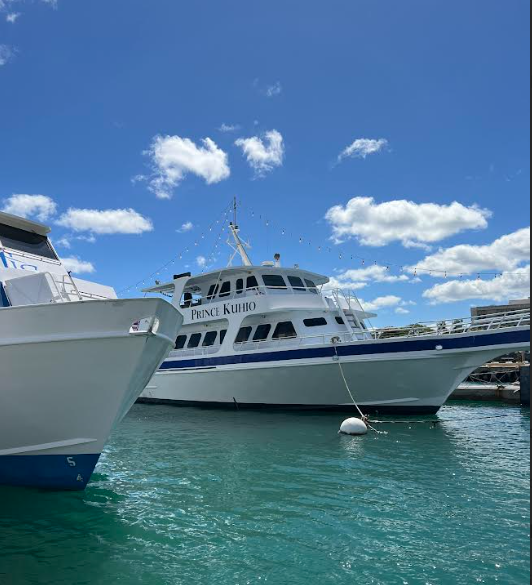When I first had the idea to produce a new podcast for Tenafly, I thought it would be relatively simple. After all, it would only require recording and interviewing people, editing the clips, and uploading them onto Spotify–right? Right?
Nope. Not even close. While these steps were part of the main process, I quickly learned it was much more complicated. A month in, what I thought would be a three-step process had grown into eight, and it was taking up most of my free time. Since both Jehee (our social media manager and co-host) and I were new to podcasting, we had to go through a lot of trial and error.
Step 1: Choosing the Class
Originally, I had thought to do an episode for every class–from CP to electives. So, in my eyes, all classes were fair game, and the pool was almost limitless. When my proposal was approved, I immediately ran to ask a friend if she’d be willing to be interviewed. Amazingly, she said yes without hesitation. I internally cheered.
After a few more friends agreed to be interviewed, I began to think it would be easy to find students for any class. That gave me a false sense of confidence, and I accidentally set the bar too high. I didn’t realize how difficult it would be to find willing participants for specific classes, especially once Jehee and I started using Instagram polls to let our followers decide which class we should feature next. Suddenly, we weren’t choosing the classes ourselves anymore, and it soon hit me that I did not know students in many of the classes being requested.
My original system fell apart. To solve this, we now post our Instagram polls at least a week in advance to give ourselves ample time to plan, gather suggestions, and find the right people.
Step 2: Talking with the Teacher
Once a class is chosen, I brainstorm a list of potential students who take it. Then, utilizing my lunch period, I locate them and ask if they’d be willing to be interviewed. If they say no, I have to find someone else that same day.
After one agrees, I then approach the teacher, explain the purpose of the podcast, and request their participation. Teachers aren’t required to say yes, which taught me the importance of having backups.
I also naively assumed that interviews could be spontaneous, but I quickly realized many teachers felt more comfortable being briefed beforehand on the questions themselves. That realization brought me to the next step.
Step 3: Emailing the Teacher
I email the teacher a basic list of flexible questions, link a previous episode for reference, and ask when they’re available for an interview.
Additionally complicating things, ever since lacrosse season started, my availability became limited, making it harder to coordinate interviews. After the teacher replies with a confirmed time, the next stage begins.
Step 4: Preparing for the Interview(s)
With the date officially set, I make an effort to review the interview questions and rehearse the intro a bit.
Originally, Jehee and I wanted to co-host all the interviews together or alternate conducting individual interviews with the student and the teacher. But when I injured my ribs, Jehee interviewed Mr. Jacobetz on her own. After listening to her special, I finally realized that if there were three people in one room, we would definitely all have a hard time communicating.
My medical emergency also taught me that having more than one interview planned for a single week, let alone a single day, was not ideal. After considering the packed schedules that many Tenafly students have, I moved those interviews online using the podcast editing program Riverside, especially since it differentiates the voices, making editing more of a breeze. I learned that after playing around with the video clip of our first audio interview, simply out of curiosity.
Step 5: The Interview(s)
Interviews definitely take up lunchtime–not only for us but for the teachers as well–which adds another layer of pressure. For us, it’s a mix of guilt and necessity. During my first interview, I did not set up my computer beforehand, which ended up doubling the time I had initially scheduled with Mrs. O (so sorry!). That’s also when I realized I wasn’t sure if my phone was close enough to pick up her voice. Would all that time be in vain?!
From that point on, doing a quick test run became imperative.
Often, in the student interviews, I would accidentally either panic or start joking around, which dragged things out even further. So, I learned to practice for these interviews as well. Riverside also allows for live sound effects, which I’ve been experimenting with. I’m currently in the process of developing a consistent theme or structure to follow a podcaster’s advice about maintaining continuity.
Step 6: Editing the Captions
As I mentioned previously, Riverside provides editing tools, including automatic caption generation. However, it isn’t great at picking up names or certain words, making it necessary to devote several hours to rewatching the footage and correcting the captions–over and over again.
On top of that, I have the ability to delete filler words, “ums,” and tangents, which makes shortening the recordings equally stressful and time consuming. I also have to stitch the two interviews–teacher and student–together.
Step 7: Publishing the Episode
Publishing the episode is often the most straightforward part. I upload it to Spotify for Creators, fill in the fields–Is this content for 18+? No–add a title and description, and I’m done.
Well, sort of. My anxiety usually kicks in, and I double-check, then triple-check everything before hitting “post.” Once it’s up, I immediately run to my personal Spotify account to make sure it actually works. Then, I submit it to The Echo’s Google Classroom weekly assignment and call it a day.
Step 8: Social Media and Stats
Yeah, no–we’re not done yet. Immediately afterward, Jehee posts an accompanying Instagram post, while I constantly brainstorm Instagram story ideas (which I then send to her for feedback and approval). We constantly discuss how to improve our podcast, especially on the promotional side, and we keep each other updated on upcoming interviews.
On top of that, I routinely check the stats on both our Instagram and Spotify pages–how many people are listening, where they drop off, and other analytics.
Tenafly Soundbooth is a fun yet time-consuming project. It’s definitely taught me a lot about planning, communication, and even business. I am so grateful to have Jehee as a partner and for the opportunity to bring this show to life.


